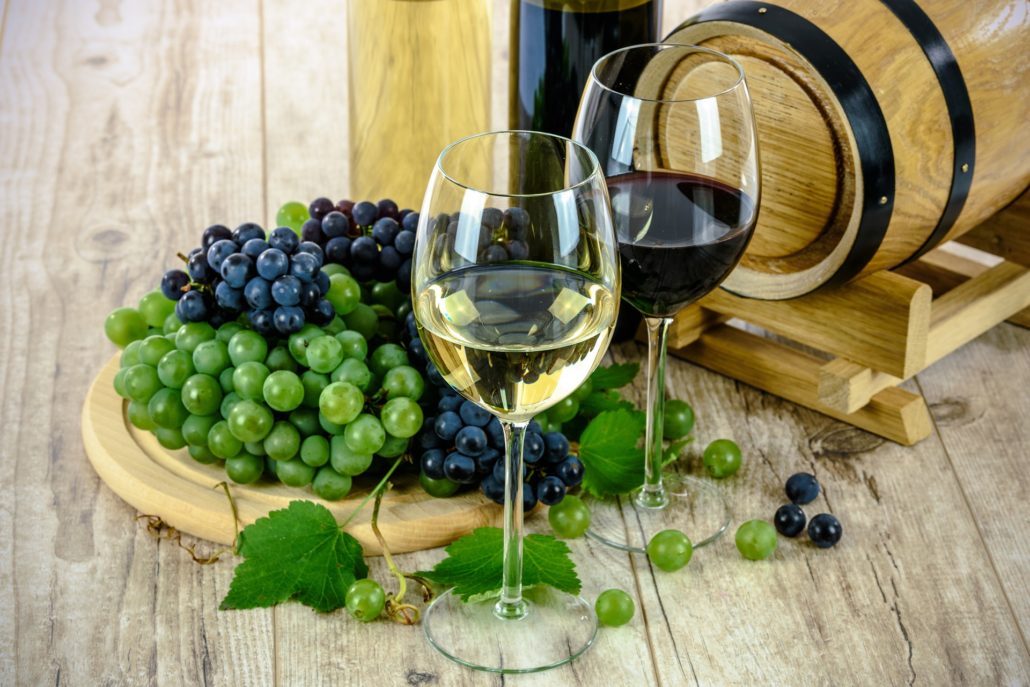In the last two weeks since UAW John Deere workers went on strike after rejecting a labor...
Wine Industry Survey Shows Optimism

It’s comparable to the old investment company advertising that announced, essentially, “When our company speaks, everybody listens.”
Those same terms apply when one of America’s top wine-business analysts, Rob McMillan, speaks — the industry listens. As division manager of the Wine Group at Silicon Valley Bank and one of the Top 50 Most Influential People in the U.S. wine industry, he annually analyzes two major reports, the State of the Wine Industry wrap-up in the spring and a Direct-to-Consumer Wine Survey in the summer.
McMillan's compilation report for 2022 noted that the industry lost both volume and share in 2021 to spirits, although the premium segment clocked in at an impressive growth rate buffered by the reopening of fine dining options, higher winery visitations, and a continuation of strong internet sales beyond the lockdown phase of the pandemic. “Especially in the West, climate change will remain a focal point of industry discussions and planning this year with more pressure put on producers to find solutions for impacted water supplies,” he reported.
“While the restaurant industry has been a bastion of consumer trial over the years, excessive markups have reduced the volume of on-premise wine sales as those prohibitive costs met up with younger frugal consumers who drink across all categories,” said McMillan. And one of his predictions called for most wineries to raise bottle prices this year because “inflation in labor and materials costs were pushing the price rise.” Outlining a plethora of problems plaguing the industry, he focused on a decline in wine volumes and noted that, “In 10 years, as age 65-plus consumers become 75-plus, they will be replaced with consumers who are not wine lovers.”
Predictions validated
Six months after that compilation report, the 10th anniversary Silicon Valley Bank Annual Direct-to-Consumer Wine Survey Report was released, and many earlier prognostications were validated --- items like production cost increases and skilled employee shortages. McMillan acknowledged, “There are a lot of positive tail winds and I’m actually pretty optimistic.”
McMillan and a panel of industry experts including Paul Mabray, CEO of Pix, cited “retail sales going well as we moved from a 'goods' to a 'service' economy with people wanting to get out of their houses post-pandemic.” Supported by decades of experience researching the wine business, McMillan noted: “We sell mostly a luxury good that is purchased by the upper 20% of wage earners, so I’m optimistic that even if we ultimately have a recession, we’re prepared — because wine is recession-resistant.”
The panel spoke to what it called an unwinding of COVID and a rebound of tasting room participation. “While there has been a dip in wine club sales, bookings for scheduled tastings (as well as internet sales) have increased.” The group spent some time discussing the future as it pertained to outdoor tasting events. “Tasting rooms attract younger consumers where you can put juice on lips,” said Mabray. “They tend to visit less places and linger longer when they visit.” One presentation graphic confirmed monthly average visitations to tasting rooms in 2021 showing 1,594 monthly visitors in Santa Barbara — “It has a different feel or vibe than Napa or Sonoma” — with Paso Robles numbers at 1,171, Sonoma at 811, and Napa at 801.
“We’re optimistic for high-end marketing,” said McMillan, reporting a 21% jump in premium price purchases last year (“which isn’t sustainable”), but still predicting a 10% premium price hike this year. “A lot of opportunities lie ahead of us, but you’ve got to work to make them happen.”
Editor’s Take:
Yours truly is not a wine aficionado by any stretch of the imagination, but like many people, a glass with dinner once in a while is great. However, it appears that people my age are not the primary market the wine industry needs to target. It seems the younger generations are a little tougher to pull into the wine appreciation fold. That said, this article provides rationale for optimism going forward. And, it must be said that is great news for agriculture. Yes, the wine and grape industry is certainly part of what we refer to as the agricultural industry. So, if you have grape production and/or wineries around your market area, let them know about AgPack. There are several AgPack products and services that would appeal to them. Also, put your inventory on AgTruckTrader.com for the wine world to see.







